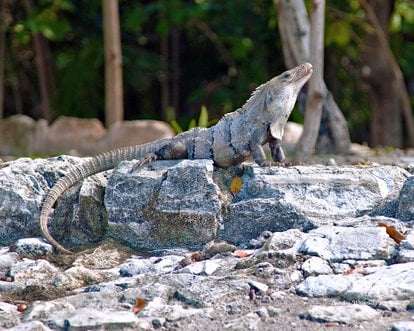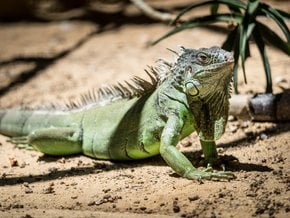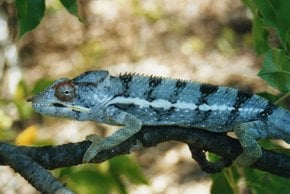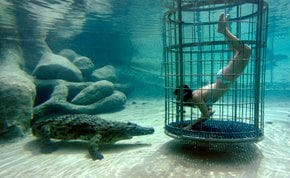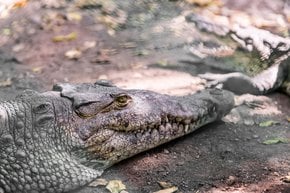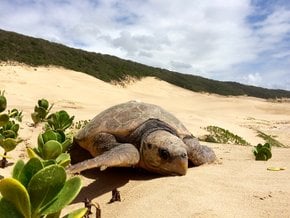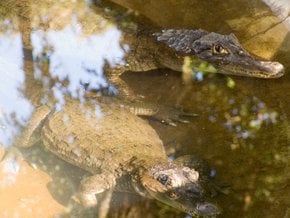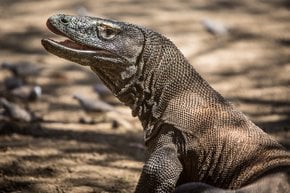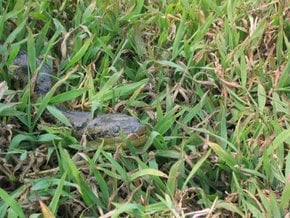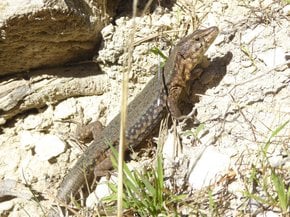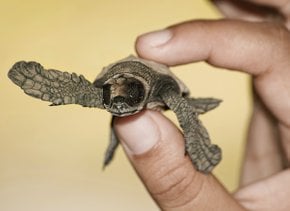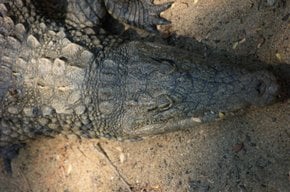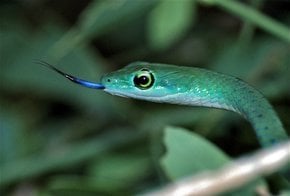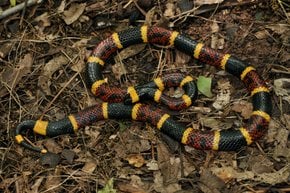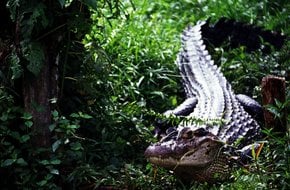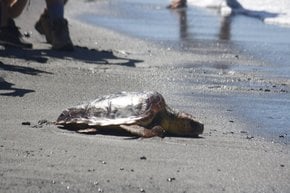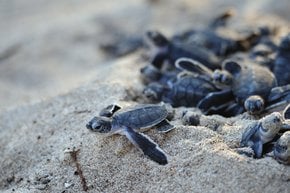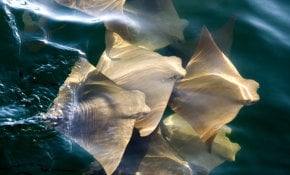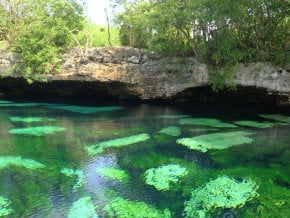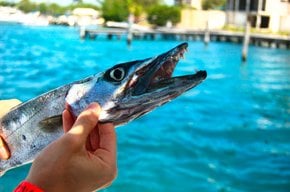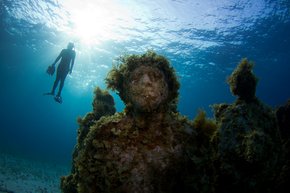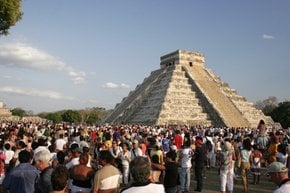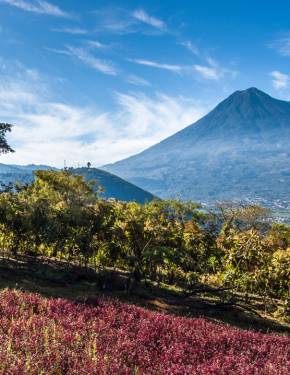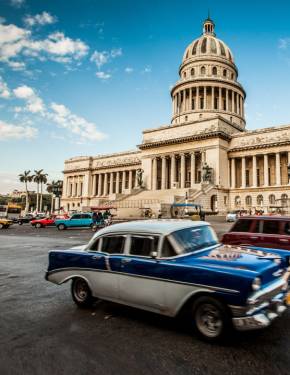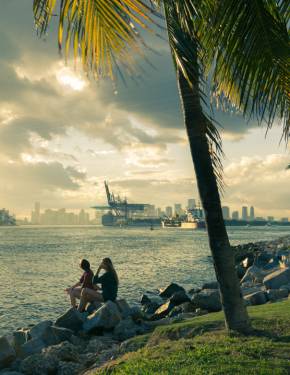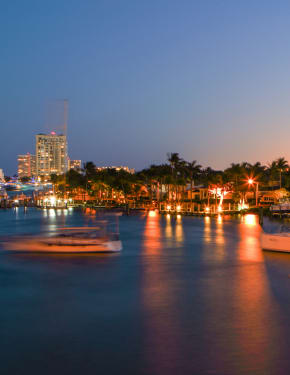Iguanas at El Rey Ruins in Cancun 2025-2026
Thousands years ago Mayan tribes were the main residents of the area, today hundreds iguanas occupy their place
Best time: December–May
It's unclear when so many iguanas settled among these old Mayan ruins. Maybe they have always been there, just hiding from visitors. But thanks to park guides who feed them daily, the reptiles have lost their fear of humans and have become tame. These large tropical lizards come close to people hoping for some tasty treats. Besides animals, you can find an archaeological site encircled by mangrove trees, with its pyramids and mysterious sculptures dating back to 1550 BC,—all that forms quite a fascinating environment to explore. Moreover, based upon the name of the site, El Rey Ruins used to be the burial ground of Mayan royalty, for the Spanish word "rei" means "king." The best time to get a sense of the ancient history in the company of iguanas is between December and May as it is much drier and more pleasant than the rest of the year.

